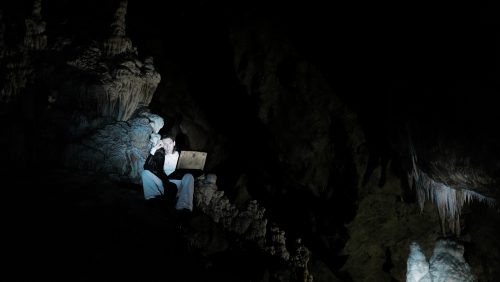
Paulina Semkowicz, Michi Lukas, Hugo Canoilas
Moon, she said...
Project Info
- 💙 Kunstraum am Schauplatz
- 🖤 Paulina Semkowicz, Michi Lukas, Hugo Canoilas
- 💜 Nunzia Girgenti
- 💛 Flavio Palasciano
Share on
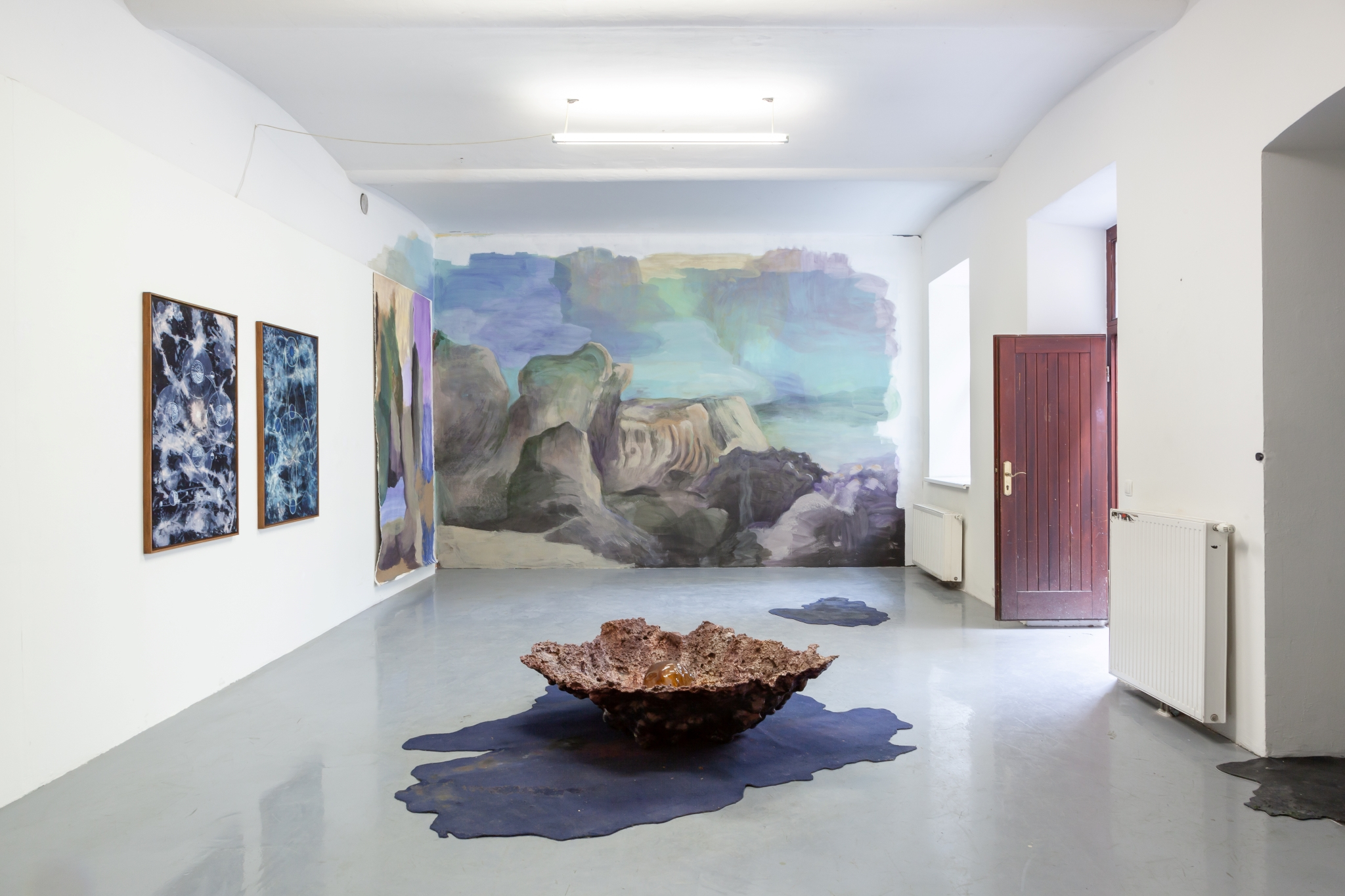
"Moon, she said...", installation view
Advertisement
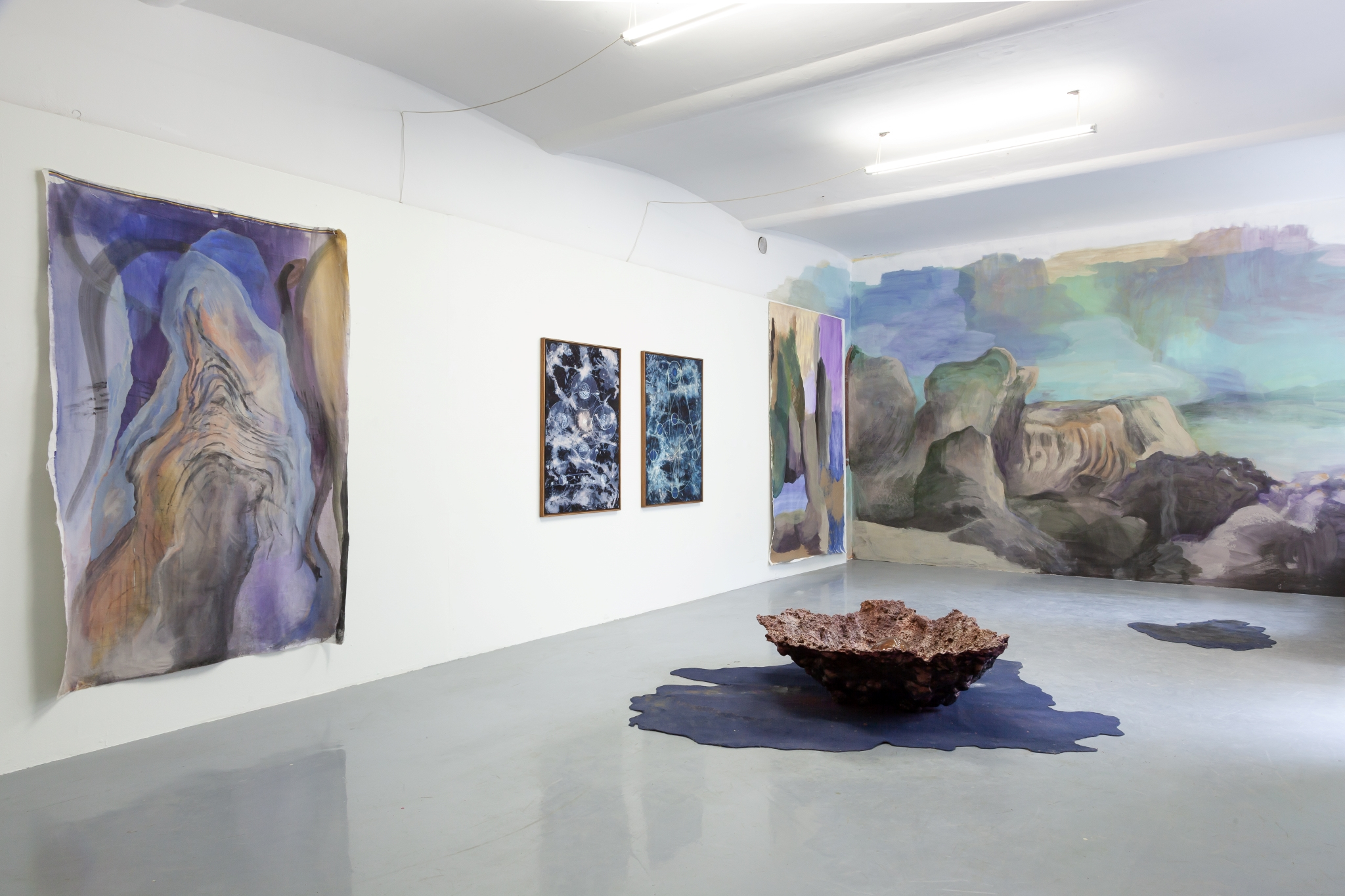
"Moon, she said...", installation view
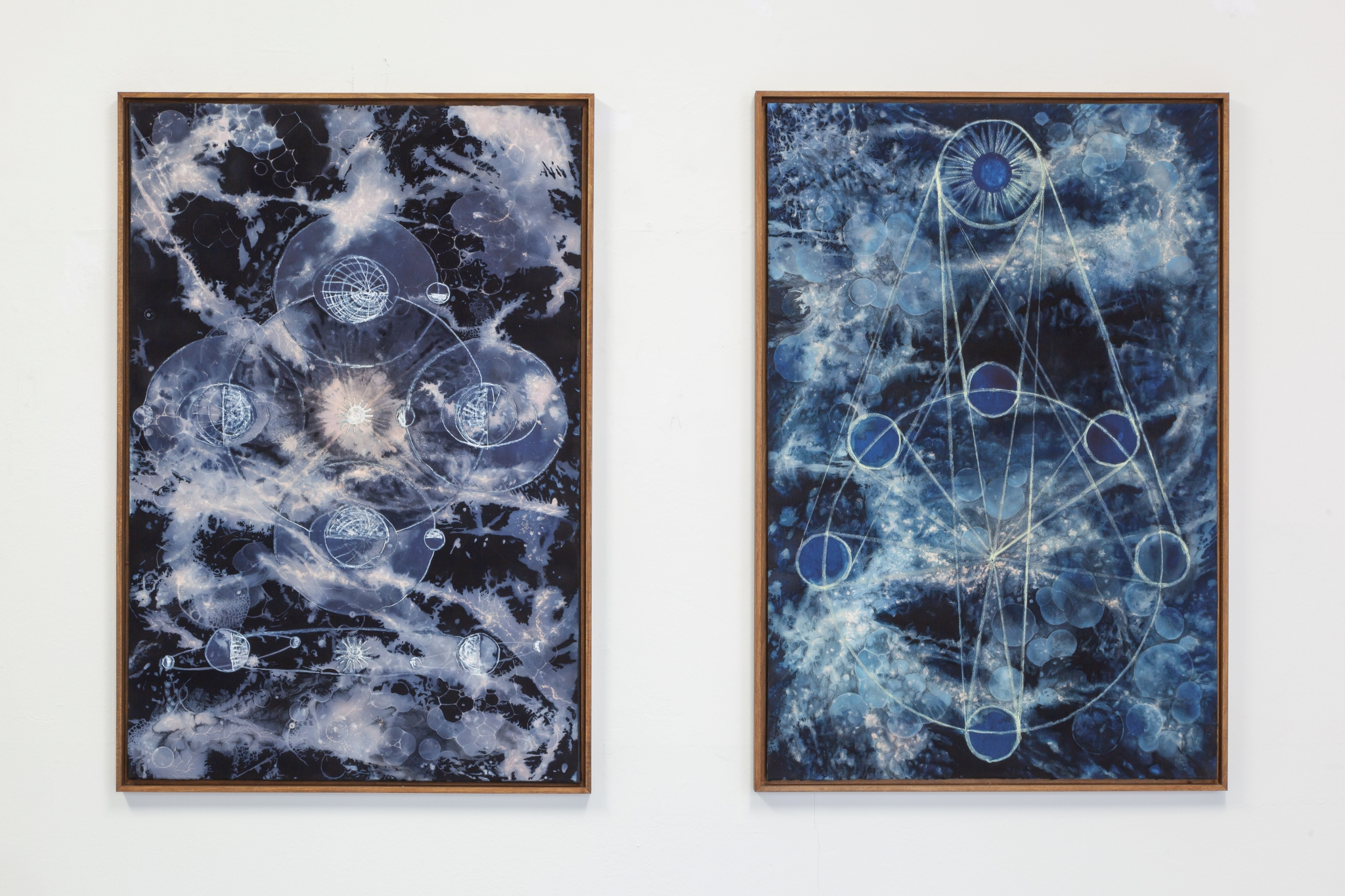
Michi Lukas, from the "Astronomy series" (o.T.), 2024, dyed and bleached paper on canvas, 2x/120x80 cm
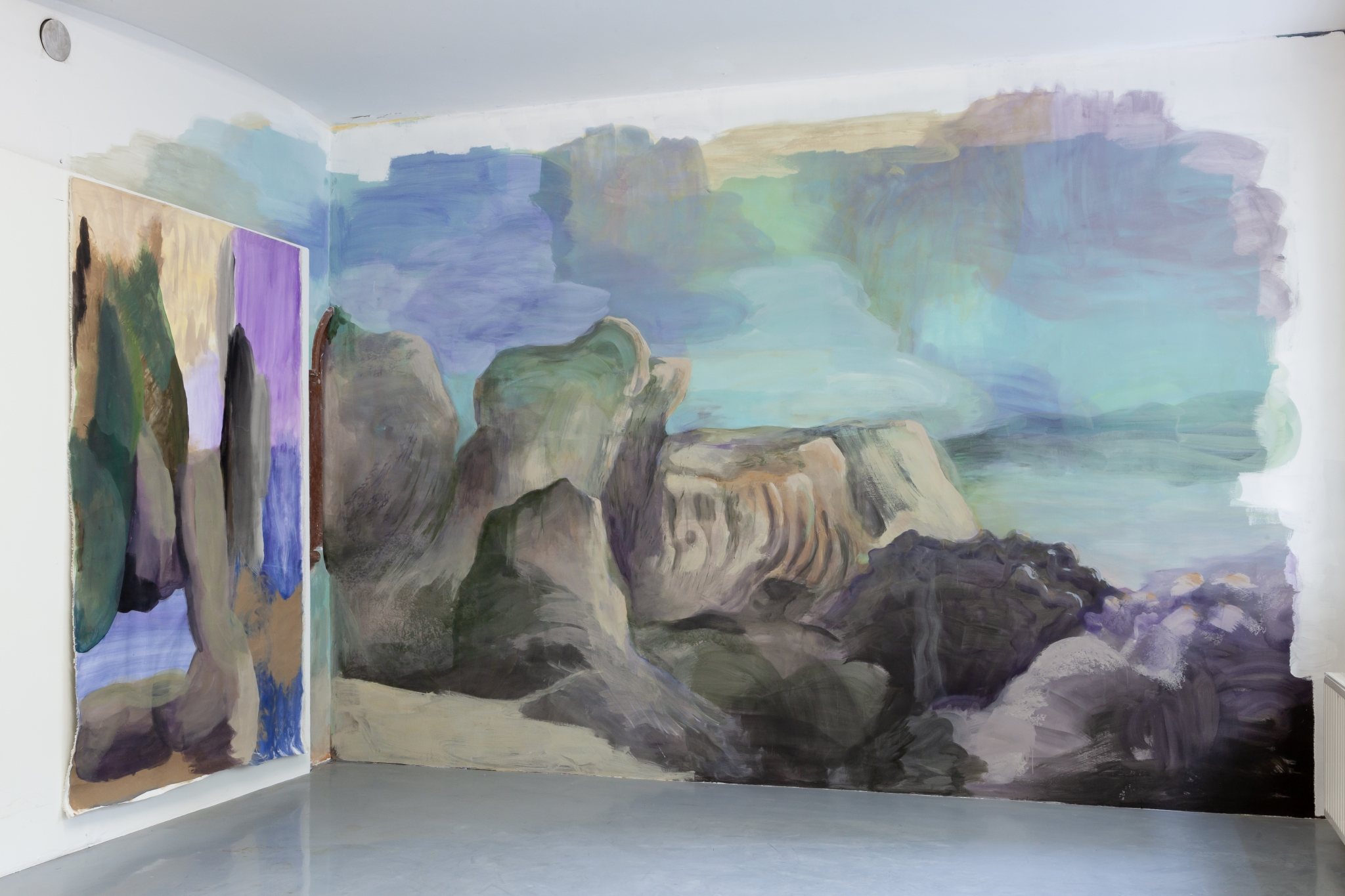
Paulina Semkowicz, "Boulders", 2022/2024, installation view

"Moon, she said...", Michi Lukas (left), Paulina Semkowicz (right), installation view
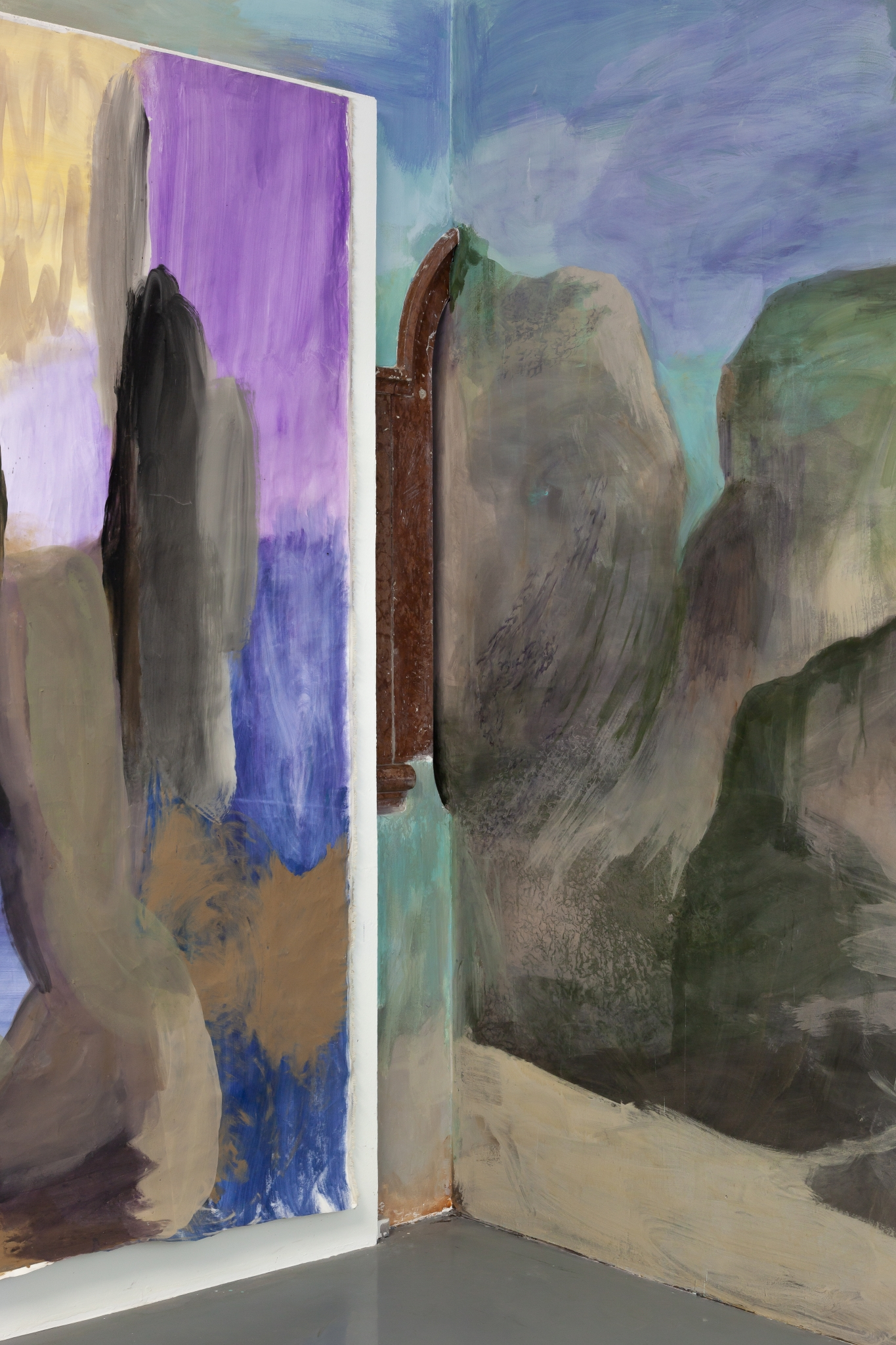
Paulina Semkowicz, "Boulders", 2022/2024, detail
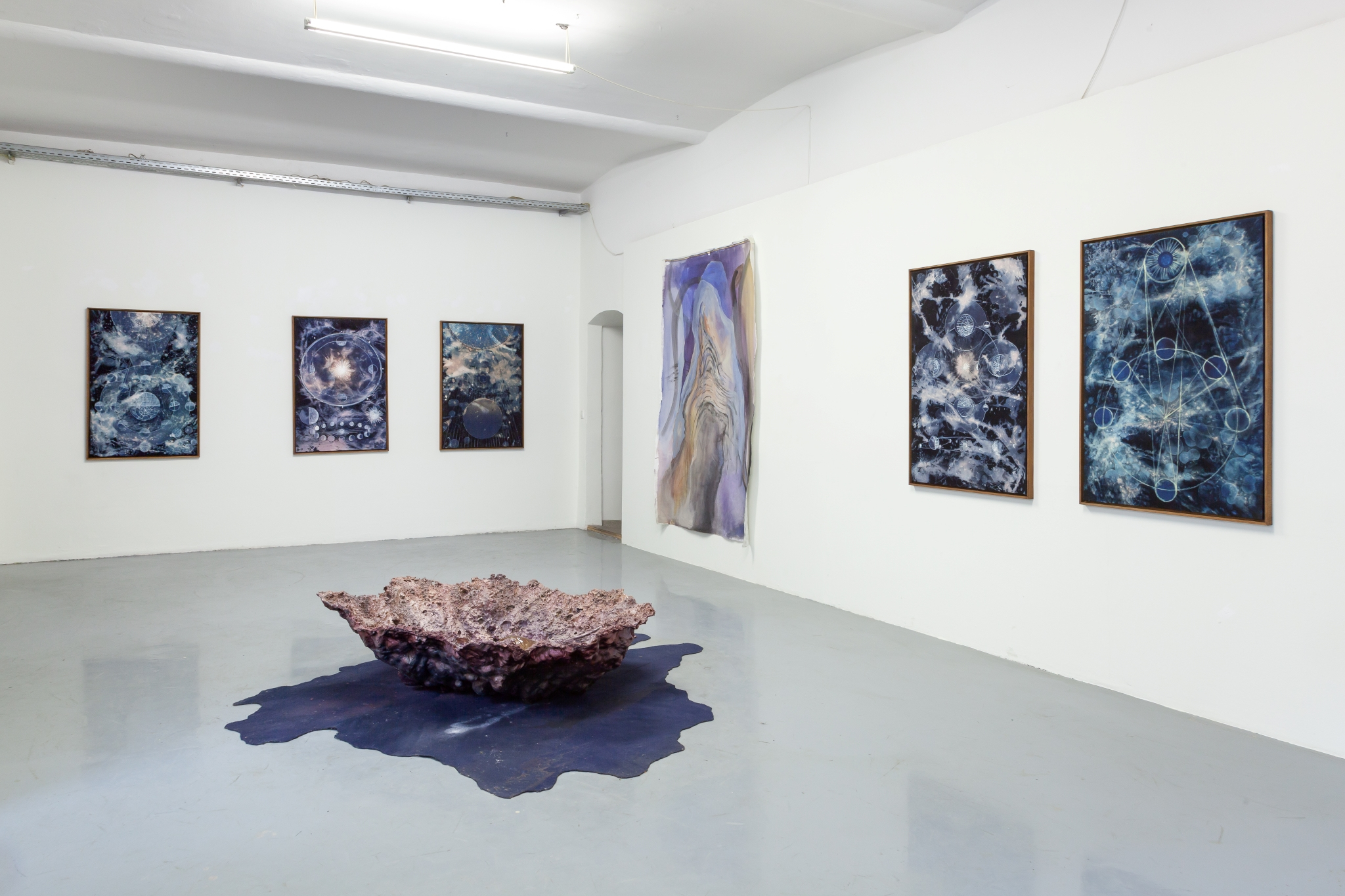
"Moon, she said...", installation view

Hugo Canoilas, "Sculptured in darkness", 2022, Jesmonite and epoxy paint and resin/Glass and painted industrial carpet, 40x200x185 cm
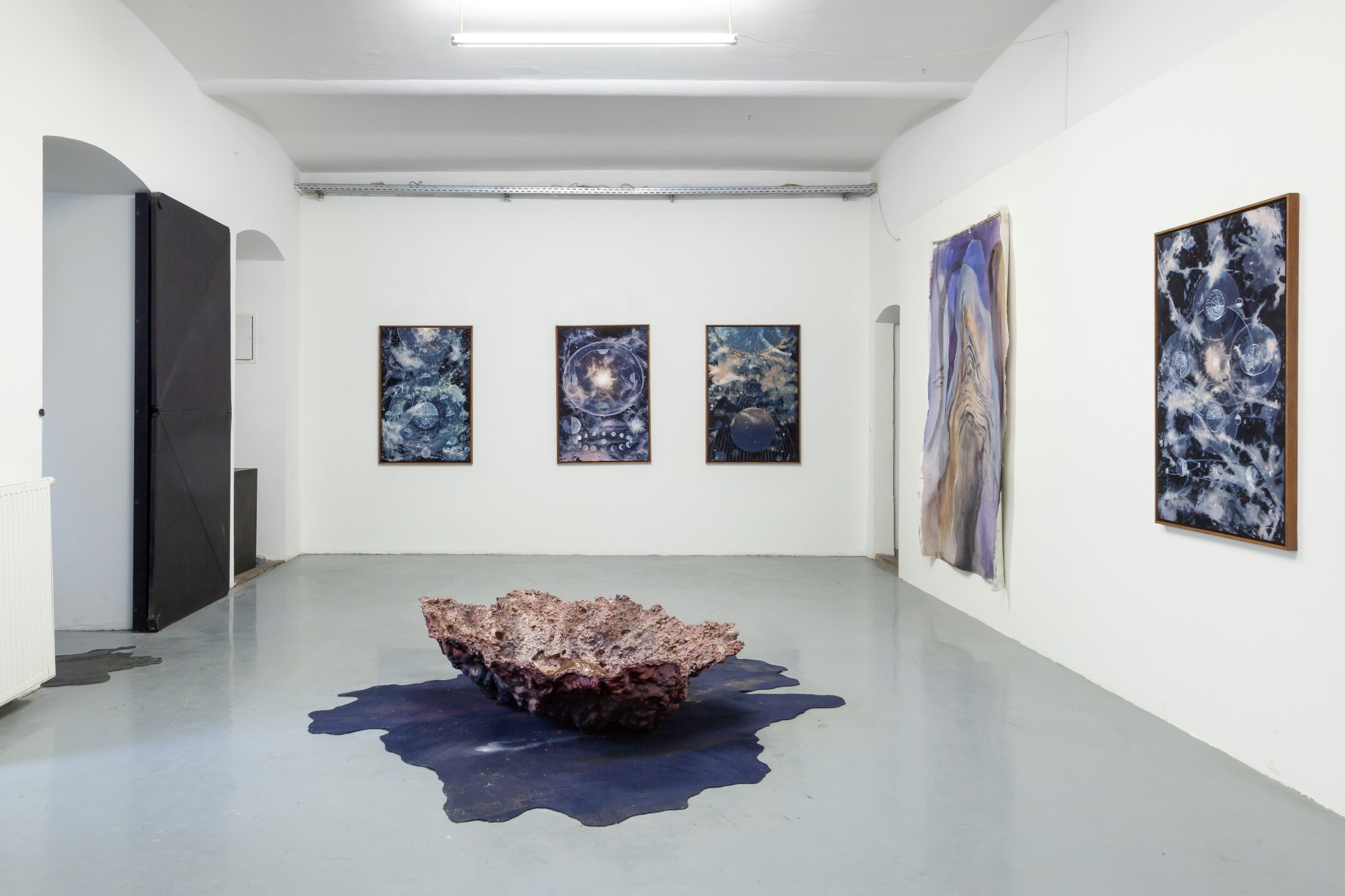
"Moon, she said...", installation view
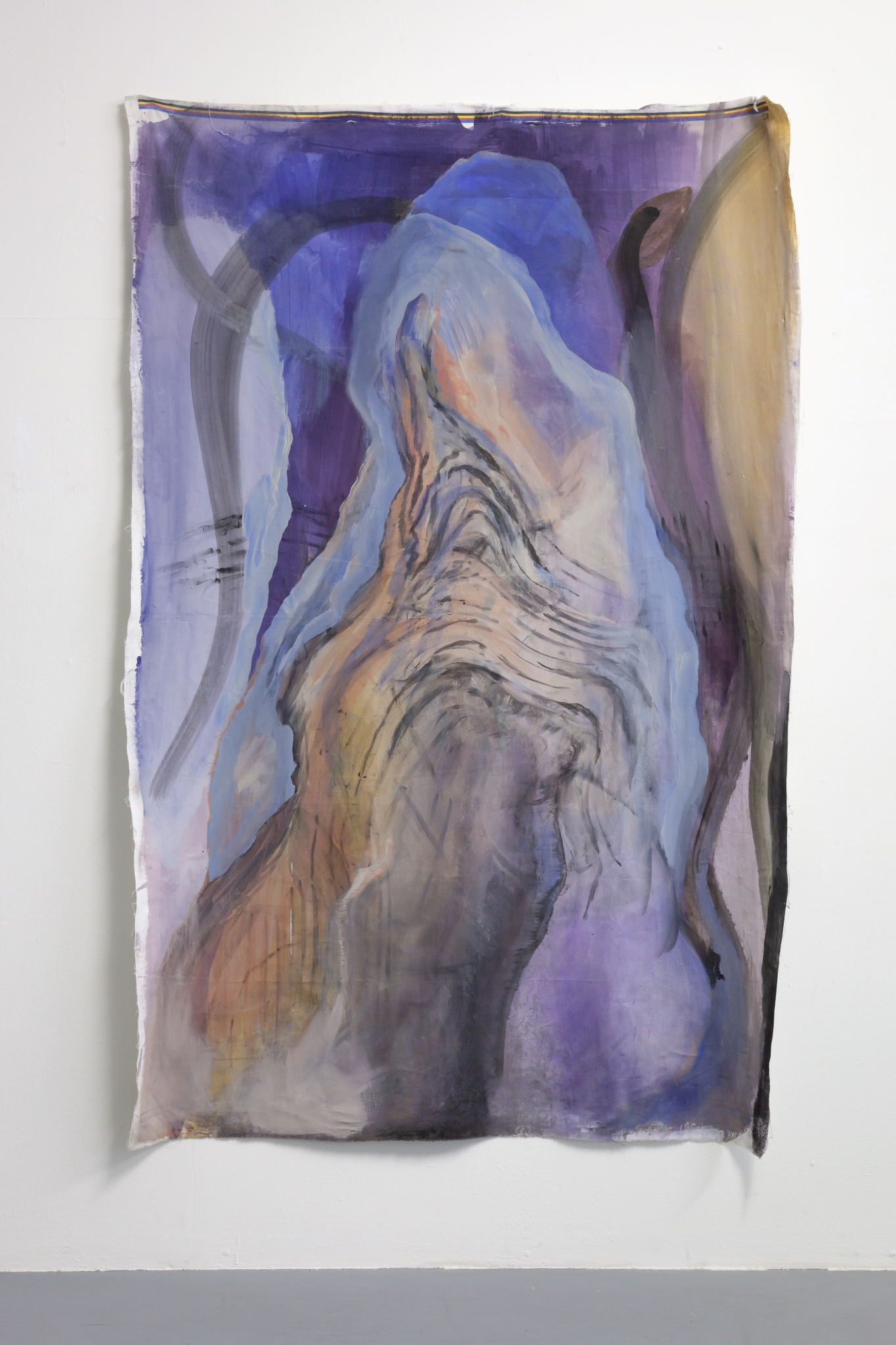
Paulina Semkowicz, "Cave", 2024, acrylic and pigment on canvas, 223x143 cm
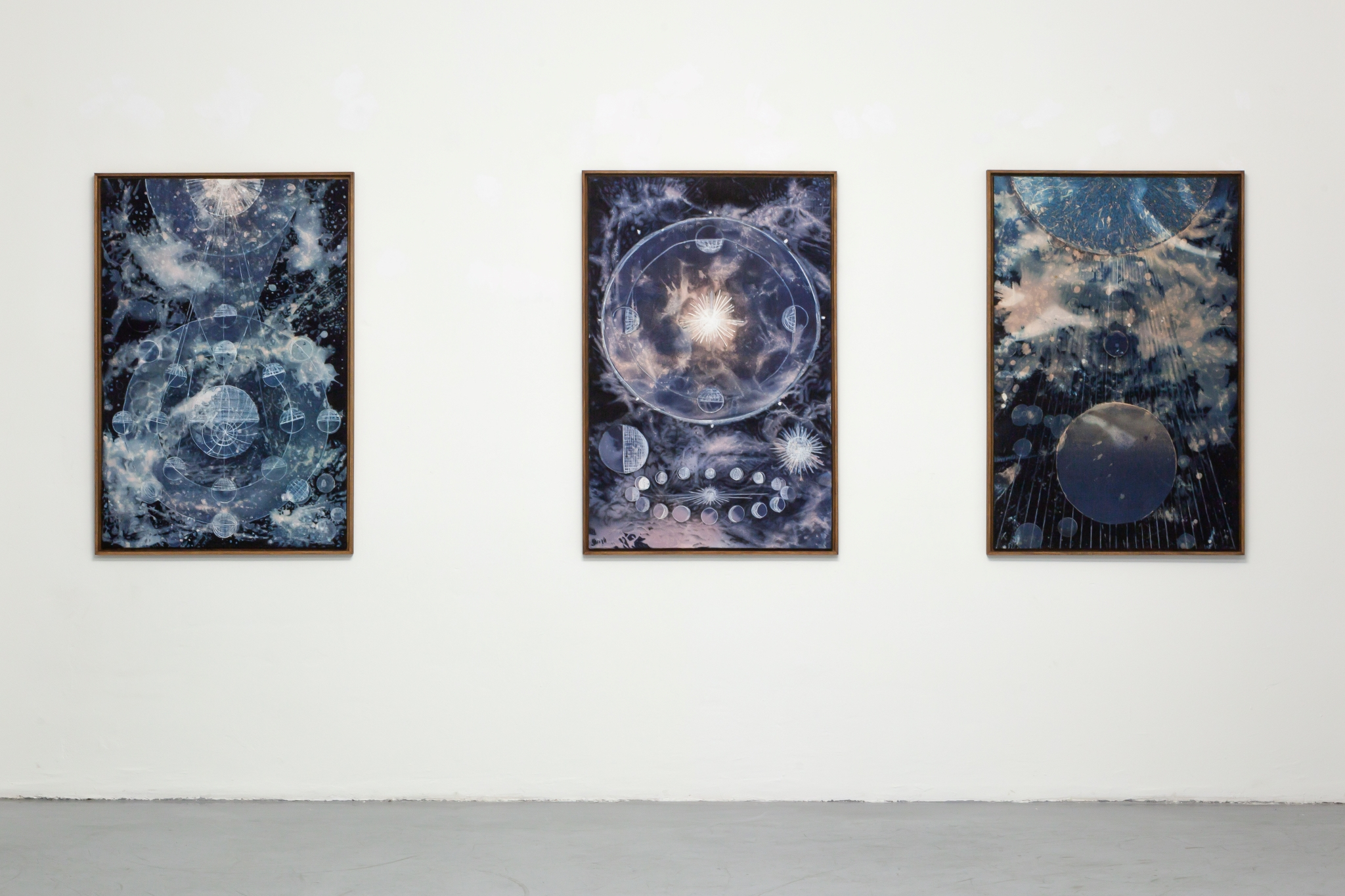
Michi Lukas, from the "Astronomy series" (o.T.), 2024, dyed and bleached paper on canvas, 3x/120x80 cm
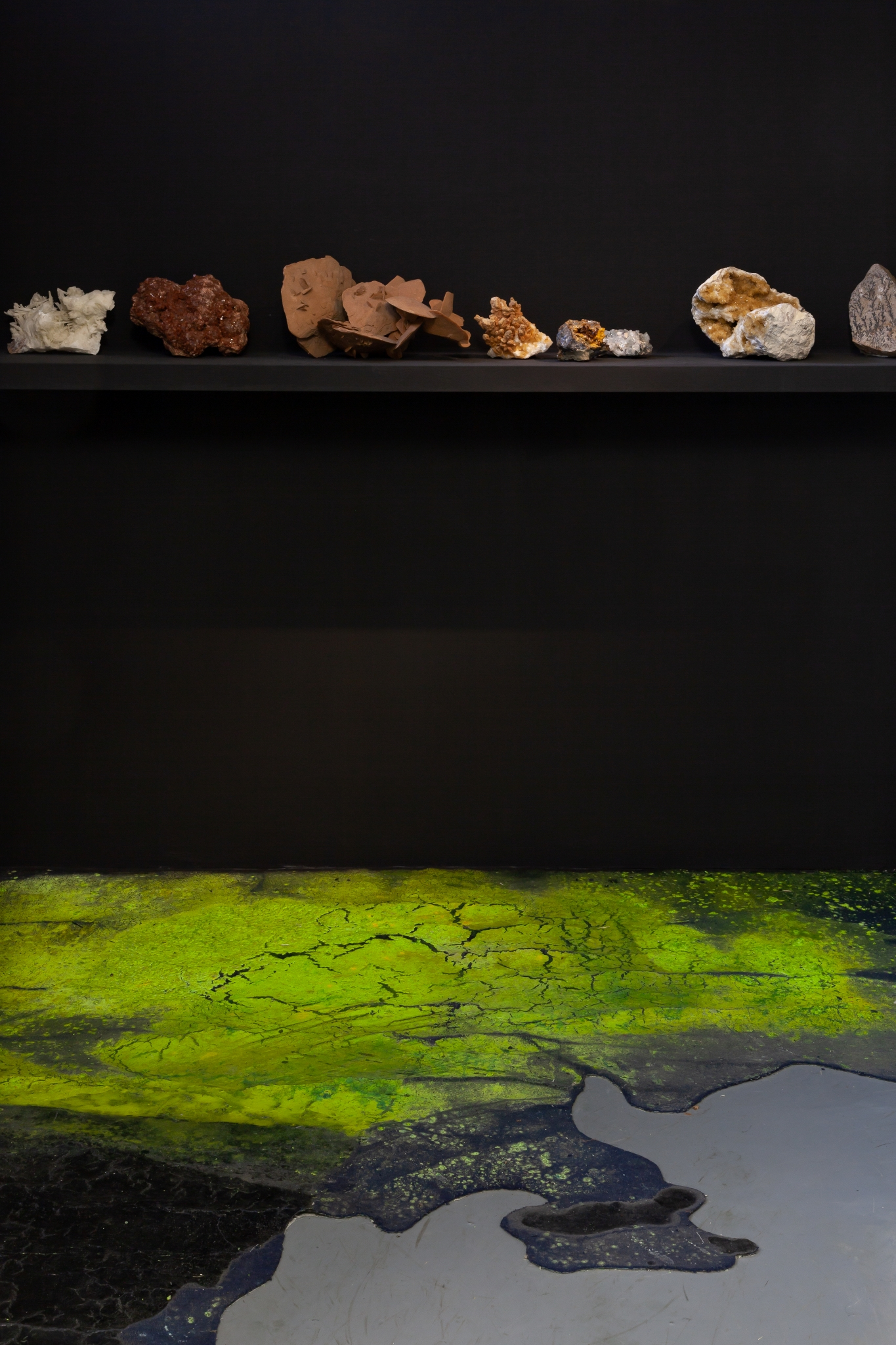
"Moon, she said...", installation view, stones and minerals from Lukas’s ancestors collection; Hugo Canoilas, painted industrial carpet

"Moon, she said...", installation view, stones and minerals from Lukas’s ancestors collection; Hugo Canoilas, painted industrial carpet
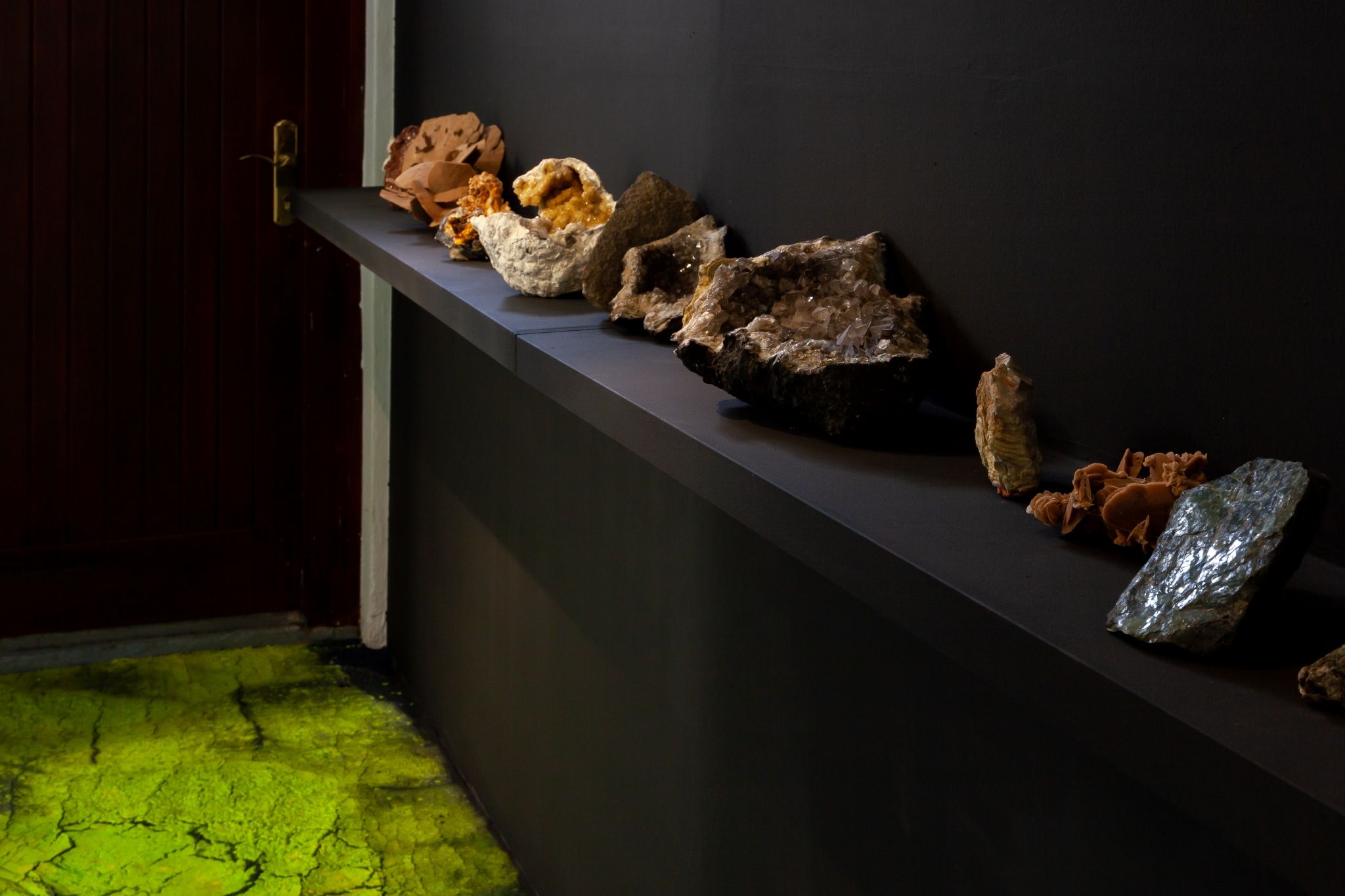
"Moon, she said...", installation view, stones and minerals from Lukas’s ancestors collection; Hugo Canoilas, painted industrial carpet

"Moon, she said...", Hugo Canoilas, installation view
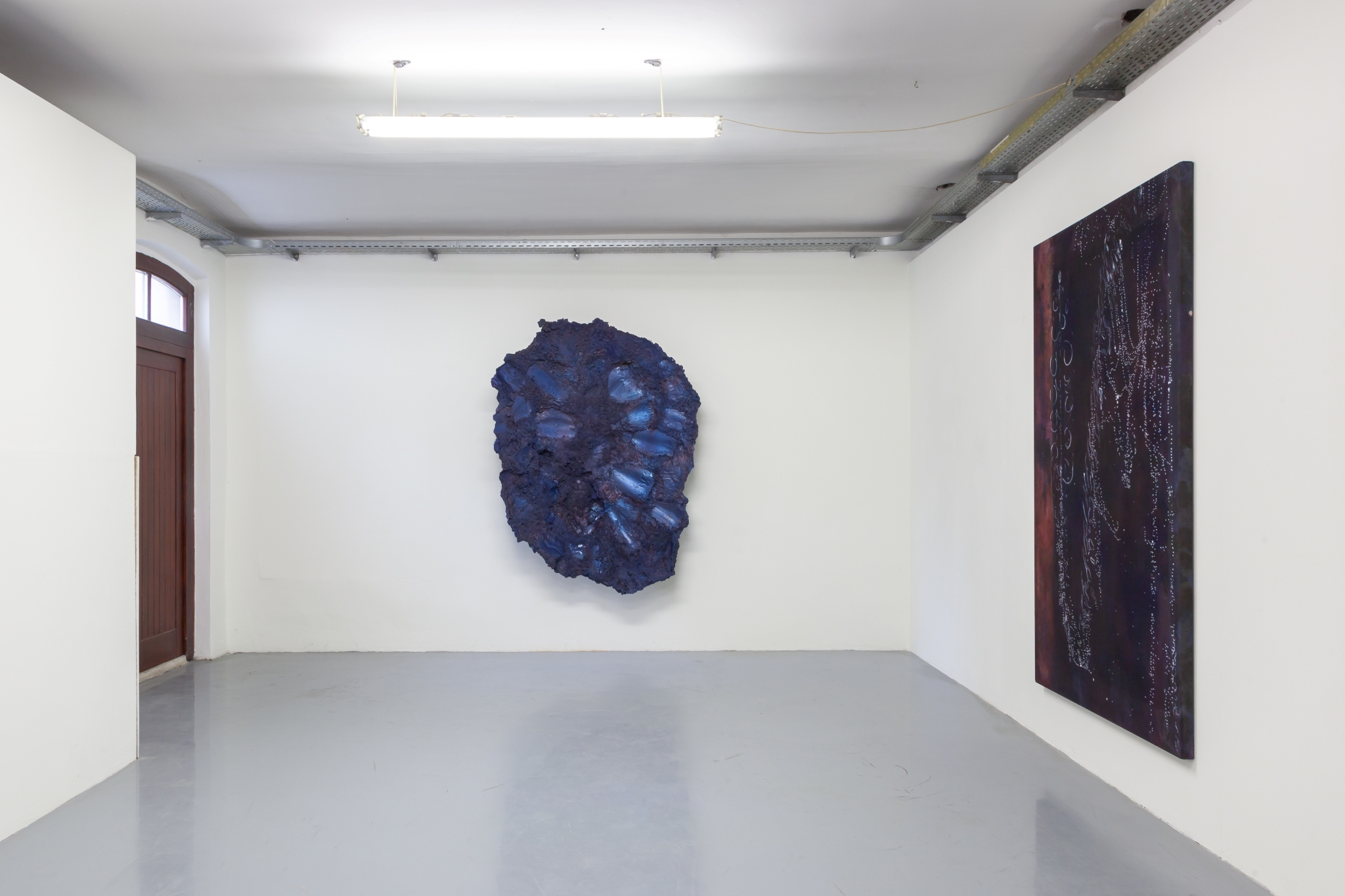
"Moon, she said...", Hugo Canoilas, installation view

Hugo Canoilas, "Sculptured in darkness", 2022, Jesmonite and epoxy paint and resin, 190x150x39 cm

Hugo Canoilas, "Colony", 2023, high fluid acrylic on cotton, 190x140 cm (left), "Towards the Moon", 2023, high fluid acrylic on cotton, 190x140 cm (right)
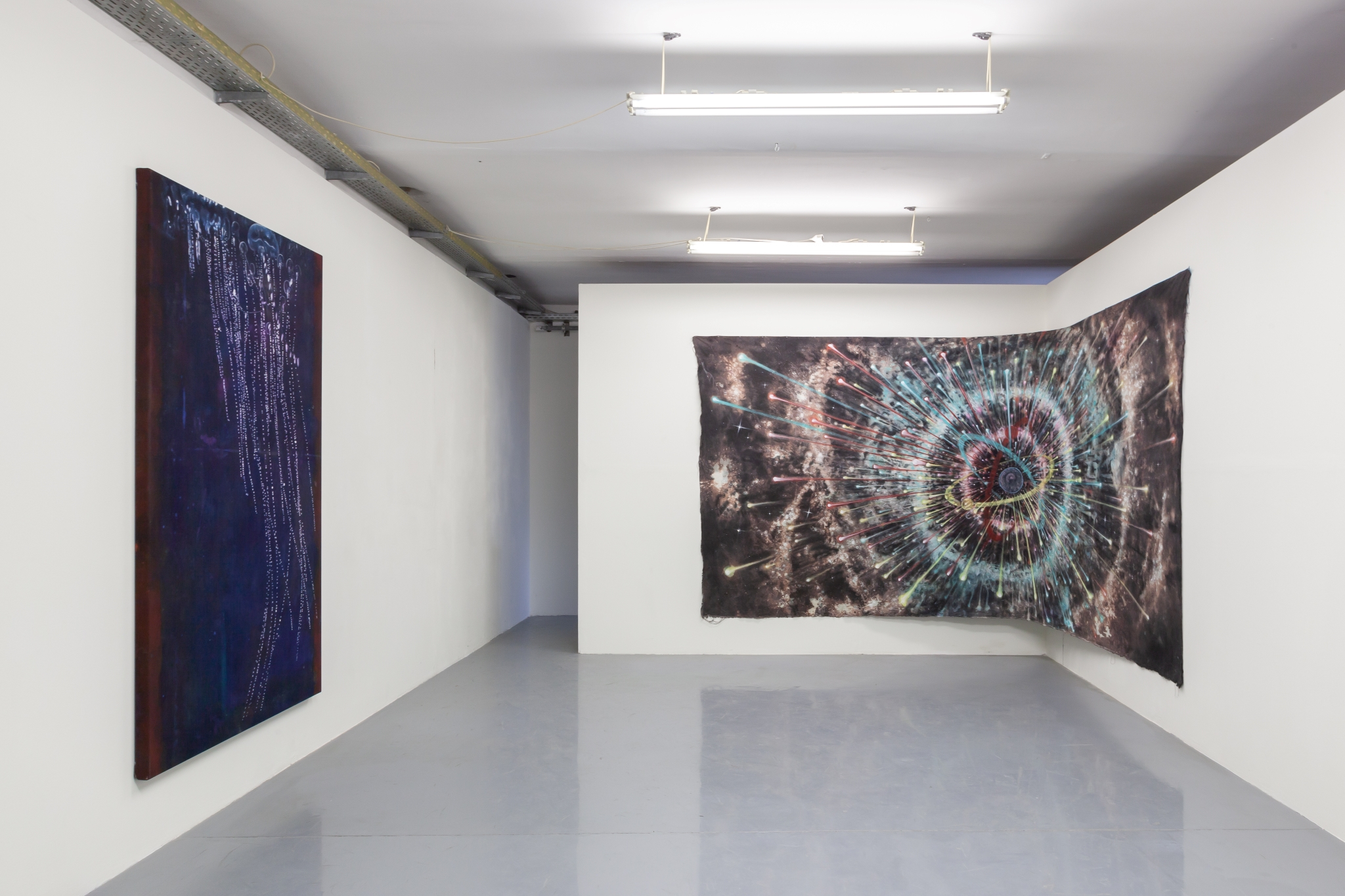
"Moon, she said...", Hugo Canoilas (left); Michi Lukas (right), installation view
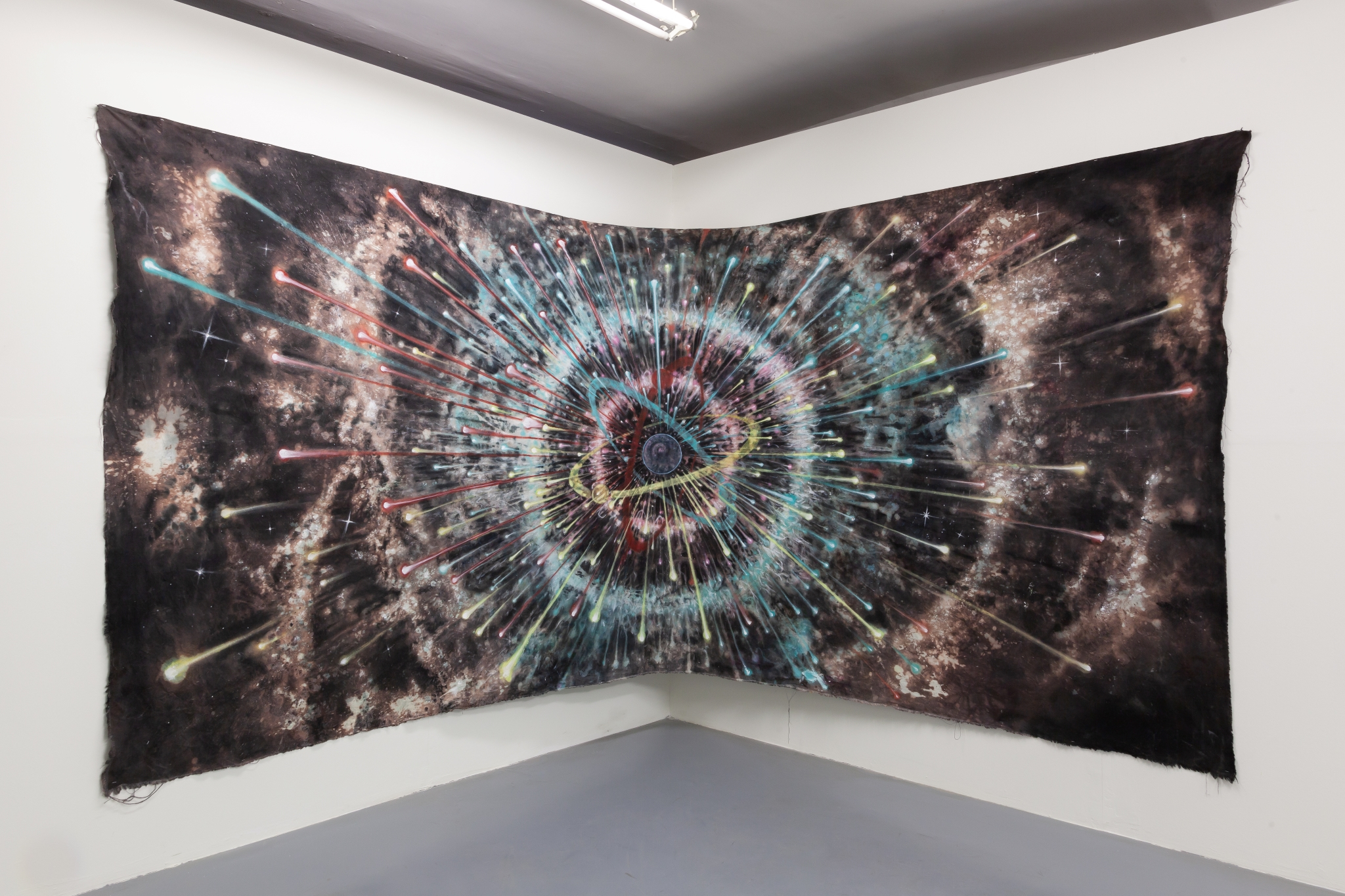
Michi Lukas, "stage design for Katharina Kostroubina", 2023,acrylics on dyed and bleached canvas, 200x500 cm
“The outer shell of the young earth must have been a good many millions of years changing from the liquid to the
solid state, and it is believed that, before this change was completed, an event of the greatest importance took
place – the formation of the moon. The next time you stand on a beach at night, watching the moon’s bright path
across the water, and conscious of the moon-drawn tides, remember that the moon itself may have been born of
a great tidal wave of earthly substance, torn off into space.”
Rachel Carson, in “The Sea Around Us”, 1951, Oxford University Press (1991) USA.
At La Grotta Gigante, near Trieste, two plastic pipes over forty meters long, each one containing
a suspended three millimeters thick metal wire with the same length, are placed vertically in the
cave’s big gallery. This apparatus measures the invisible movements and tides of the layer
underneath the Earth’s crust that seismographs can’t measure. Some stalagmites are wet and
white on top. The guide told us they are alive and still growing at one centimeter per year, with
some reaching more than two meters. I love caves and think of the relationship of water and
stone as process-based sculptures—the most beautiful ones are impossible to repeat. Mother
Earth interior carvings are made with soft and gentle events and endless time.
For some time, every Super Moon, we came together. We closed doors, cooked dinner, and had
some wine. We knew that as Taurus, an earth sign, we would be hypersensitive that night. We
gush out all our interior feelings organized as verbiage to discuss relations, love and friendship,
silent suffering, and inner struggle.
Microbiology expanded the notion of humans as vessels for millions of nonhuman life forms,
which defeats social misconstructions of race, gender, and other systemic prejudices. These
bacteria have needs that affect us and our behavior.
On the other hand, the Moon affects liquid states on Earth: the tides of the ocean and the mantle,
underneath the Earth’s crust, plants and animals, humans and non-humans, and all vessels of
other life forms. Many other procedures and rituals are related to the Moon, such as cow horn
manure, an ancient agriculture procedure known now as biodynamic, which is made twice a year
following the moon calendar and menstruation—the experience of death and renewal—man will
never understand.
Moon, she said…, comprises works by Paulina Semkowicz, Michi Lukas, and Hugo Canoilas.
Their practices share the use of textiles, which imply certain specificities to painting. All of them
work partially on a horizontal plan, which is the moment when gravity allows their processes to
mimic nature in the way colors react to each other, and how paint intertwines with the fabric’s
filaments.
Semkowicz’s use of fabrics is underlined in the installation of her works—a thought of textiles as
soft materials with folds or adapting to specific environments like a wooden house in the
countryside or the garden around it. Semkowicz paints with no center, playing with volumes as
tectonic masses, creating basins and mountains, geologically known as revolutions. Opposite to
these tectonic forces, the spiritual and psychedelic maps of planets and stars by Lukas are
attractions to an unknown. These unknowns reveal themselves during the process-based
abstraction strategies Lukas uses to later project mental images on them. Light here is the
visibility of interior desires and not of a professed reality.
The unknown or barely known deep sea creatures depicted by Canoilas come to the surface
attracted by the full Moon. Using a textile painting technique similar to oriental calligraphy or bird
painting, they sublimate a new relation with nature and cast new forms of relationship and
coexistence.
Attraction and contraction are the axes of this exhibition in many voices that resonate with
Maurice Blanchot’s idea of disaster: a production with no sun, no center, and no axis due to the
myriad of invisible forces that produce the works. The heterogeneity of impulses and relations is
multiplied by a collection of stones and crystals placed in the hallway so their immanence can run
throughout the exhibition. These stones and crystals are not edited by their specific qualities,
avoiding manipulation of the mood or awakening of the visitor. They are anonymous and plural
and in symbiosis with the artworks’ matter.
Nunzia Girgenti


